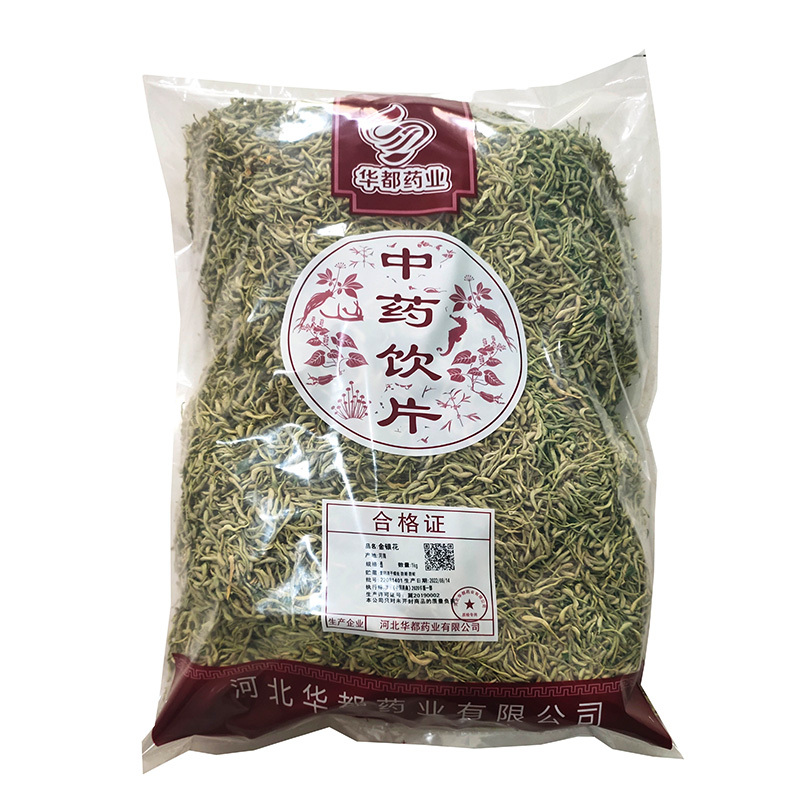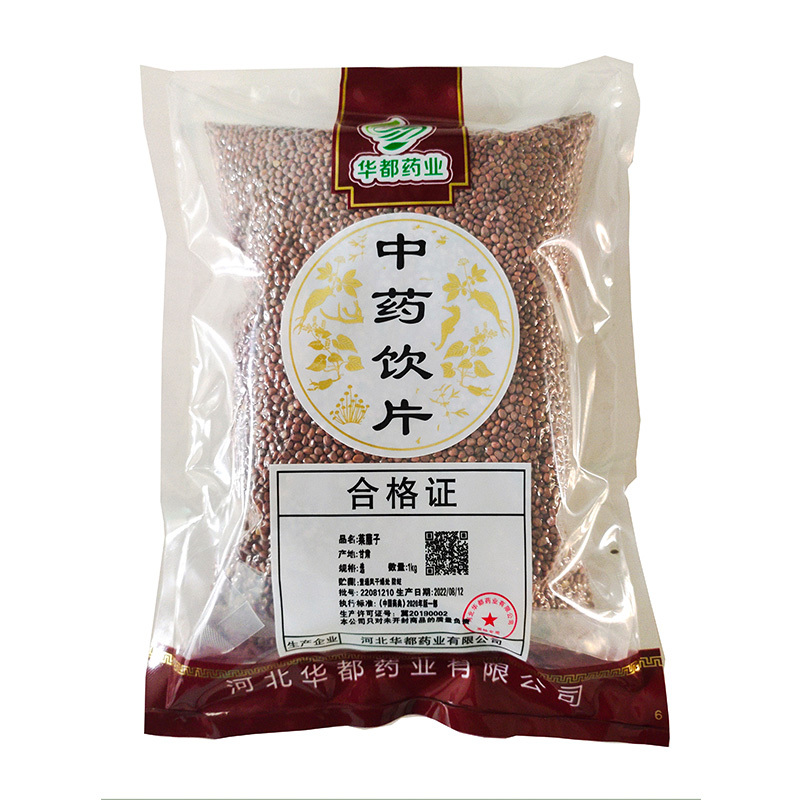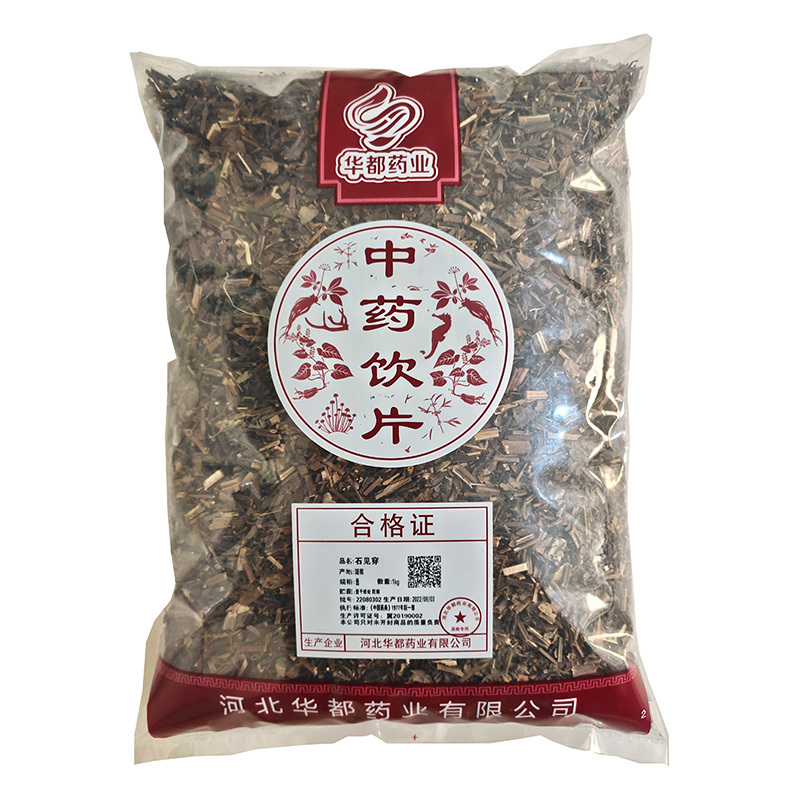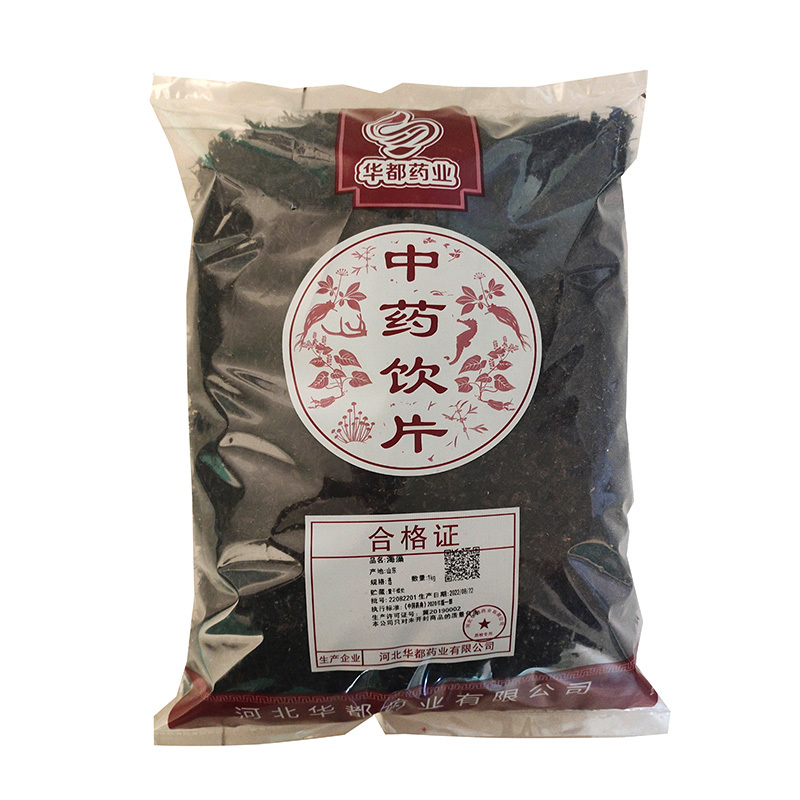


Manual bagging series
Still hesitating? Get the samples first,Contact Us!
Classification
Label
Product Description
Manual bagging series is a type of packaging system that involves manually filling bags with products before sealing them for distribution or storage. This method is commonly used in industries such as agriculture, food processing, and construction for packaging items such as seeds, grains, flour, and cement. In this article, we will explore the benefits and drawbacks of manual bagging series, as well as some best practices for implementing this packaging system.
One of the main benefits of manual bagging series is its simplicity and cost-effectiveness. Unlike automated packaging systems that require expensive equipment and maintenance, manual bagging series only requires basic tools such as scales, baggers, and sealing machines. This makes it a practical choice for small businesses or startups looking to package their products without investing in complex machinery.
Another advantage of manual bagging series is its flexibility and versatility. With this packaging system, operators have full control over the filling and sealing process, allowing them to customize the packaging according to specific requirements. This level of control is especially beneficial for industries that deal with a wide variety of products in different sizes and weights.
Despite its benefits, manual bagging series also has some drawbacks that should be considered before implementing this packaging system. One of the main disadvantages is the potential for human error during the filling and sealing process. Unlike automated systems that are programmed to fill bags consistently, manual bagging series relies on the operator's skill and attention to detail, which can lead to inconsistencies in packaging.
Another drawback of manual bagging series is its lower production capacity compared to automated systems. Since the filling and sealing process is done manually, it can be time-consuming and labor-intensive, especially for large-scale production. This can result in slower production speeds and higher labor costs, making manual bagging series less efficient for high-volume packaging.
To mitigate the drawbacks of manual bagging series and maximize its benefits, there are some best practices that operators can follow. One of the key tips is to provide training and supervision for operators to ensure that they have the necessary skills and knowledge to perform the filling and sealing process accurately. This can help reduce the risk of human error and improve the consistency of packaging.
Another best practice is to implement quality control measures to monitor the packaging process and detect any errors or defects early on. This can include regular inspections of filled bags for leaks, tears, or incorrect weight, as well as testing the seals for integrity. By identifying potential issues quickly, operators can take corrective action to maintain the quality of the packaged products.
In conclusion, manual bagging series is a practical and cost-effective packaging system that offers flexibility and control over the packaging process. While it has some drawbacks such as human error and lower production capacity, these can be mitigated through proper training, supervision, and quality control measures. By following best practices and guidelines, operators can ensure that manual bagging series is a reliable and efficient packaging solution for their products.
Free access to product information
You may also like
It mainly produces Chinese herbal pieces, including the primary processing of Chinese herbal medicines and the processing of refined decoction pieces. The production of more than 1,000 varieties has been sold all over the country and has achieved a good reputation.






